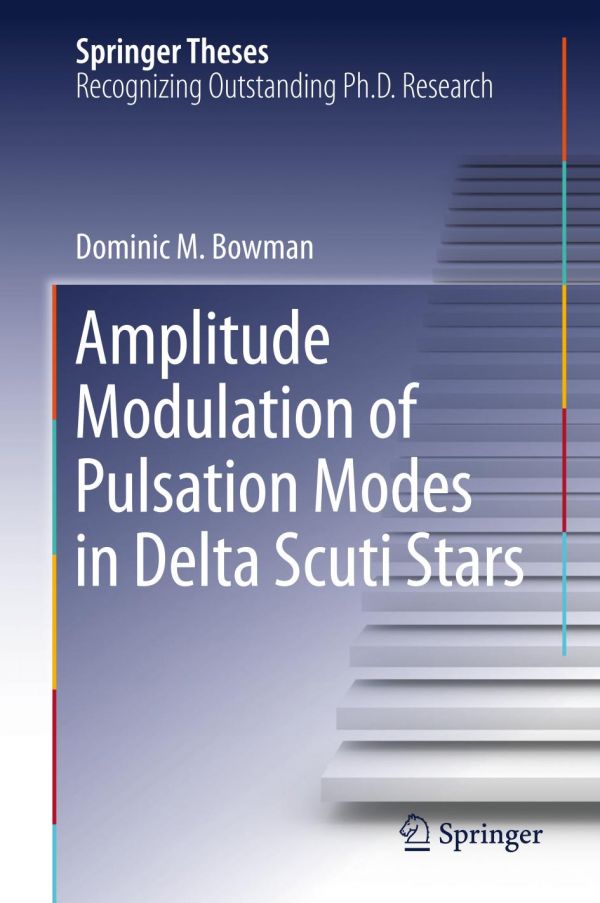

Most ebook files are in PDF format, so you can easily read them using various software such as Foxit Reader or directly on the Google Chrome browser.
Some ebook files are released by publishers in other formats such as .awz, .mobi, .epub, .fb2, etc. You may need to install specific software to read these formats on mobile/PC, such as Calibre.
Please read the tutorial at this link: https://ebookbell.com/faq
We offer FREE conversion to the popular formats you request; however, this may take some time. Therefore, right after payment, please email us, and we will try to provide the service as quickly as possible.
For some exceptional file formats or broken links (if any), please refrain from opening any disputes. Instead, email us first, and we will try to assist within a maximum of 6 hours.
EbookBell Team

4.0
66 reviewsThis outstanding thesis by Dominic Bowman provides a thorough investigation of long-standing questions as to whether amplitude modulation is astrophysical, whether it offers insights into pulsating stars, and whether simple beating of modes with stable amplitudes is unrecognised because of a lack of frequency resolution. In this thesis, the author studied a uniform sample of 983 delta Scuti stars—the most common type of main-sequence heat engine pulsator—that were observed nearly continuously for 4 years at stunning photometric precision of only a few parts per million by the Kepler space mission. With no mission planned to supersede the Kepler 4-year data set, this thesis will stand as the definitive study of these questions for many years. With revolutionary photometric data from the planet-hunting Kepler space mission, asteroseismic studies have been carried out on many hundreds of main-sequence solar-type stars and about 10,000 red giants. It is easy to understand why those stochastically driven stars have highly variable amplitudes. Over much of the rest of the Hertzsprung–Russell (HR) diagram, stellar pulsations are driven by heat mechanisms, which are much more regular than the stochastic driving in solar-like pulsators. Yet for decades, amplitude and frequency modulation of pulsation modes have been observed in almost all types of heat-driven pulsating stars. The author shows that the amplitude and frequency modulation are astrophysical, and he has investigated their implications and prospects to provide new insights into the delta Scuti stars and the many other types of heat-engine pulsators across the HR diagram.